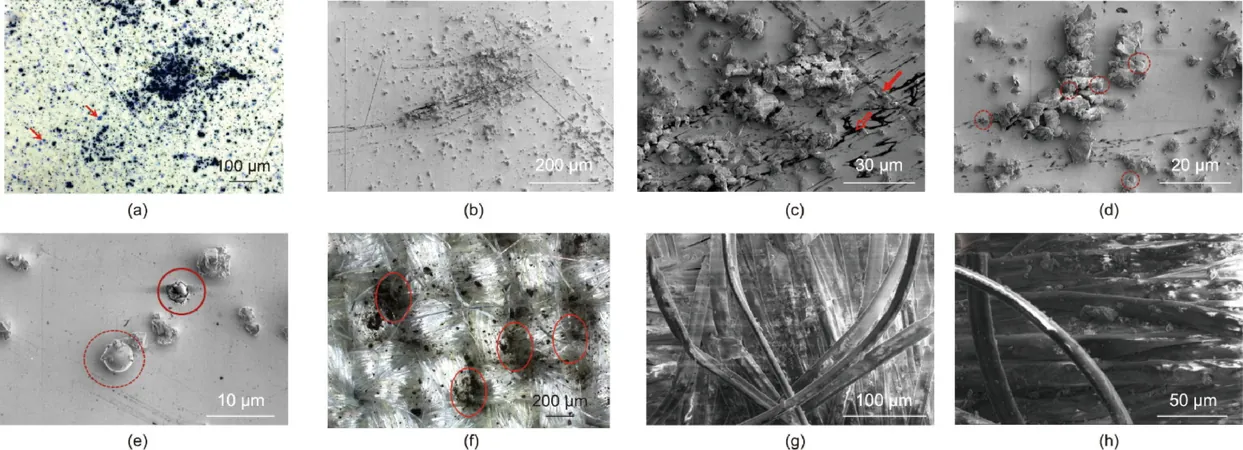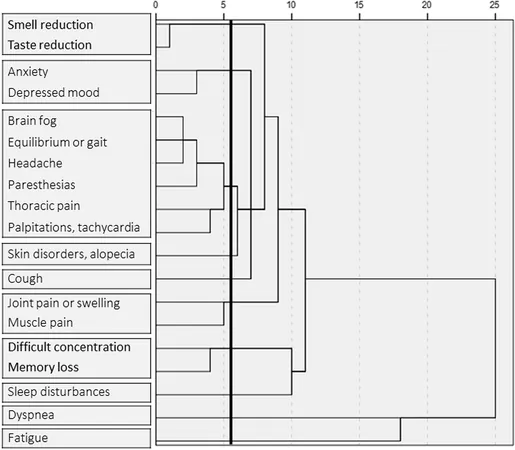
Lunar Dust Dynamics: Groundbreaking Insights from Chang'e-5 Samples That Could Transform Lunar Exploration!
2024-09-27
Author: Li
Introduction
A recent study published in Engineering has unearthed remarkable insights into the behavior of lunar regolith particles when subjected to an external electric field, presenting a breakthrough that may transform space exploration and the utilization of lunar resources. This research, conducted by a team of scientists from the Qian Xuesen Laboratory of Space Technology and Tsinghua University, centers around the unique properties of the lunar samples brought back by China's Chang'e-5 mission.
Research Overview
The in-depth article, titled 'Charging Properties and Particle Dynamics of Chang'e-5 Lunar Sample in an External Electric Field,' tackles the pressing challenges related to the in-situ utilization of lunar regolith. The scientific experts focused on how lunar particles can be manipulated using an external electric charge, a promising technique with implications for crucial space applications, including dust removal, transport of raw materials, and mineral enhancement.
Experimental Conditions
Conducted under ultra-high vacuum conditions—akin to the environment on the Moon—the experiments utilized lunar regolith samples collected during the Chang'e-5 mission. Researchers created an electric field between two parallel brass electrodes and thoroughly observed how the samples charged, their dynamic movements, and their interactions with various aerospace materials.
Key Findings
The findings revealed stark differences in the charging behavior and electrostatic projection of lunar regolith particles when compared under high-vacuum conditions versus atmospheric conditions. Particles ranged from 27.7 to 139.0 micrometers in diameter and displayed a heightened susceptibility to negative charging in the presence of an external electric field. The research provided critical data regarding the charge acquired by the lunar samples and their charge-to-mass ratios, shaping the future of lunar engineering advancements.
Implications for Spacecraft Safety
Importantly, the study identified considerable damage on target surfaces from the impacted particles, highlighting the potential risks that lunar regolith poses to spacecraft materials. Addressing these findings is vital for creating protective measures for future lunar habitats and vehicles.
Conclusion
This research deepens our understanding of fundamental principles associated with lunar regolith, establishing a basis for innovative in-situ utilization techniques that are essential for sustainable deep space exploration and the establishment of lunar bases. The insights gleaned from the Chang'e-5 lunar regolith samples not only fill a crucial gap in scientific data but also stimulate new strategies for lunar resource management.
As our aspirations for lunar exploration evolve, the implications of this study could lead to more effective and sustainable methods for navigating the challenges posed by lunar dust. In a world where space exploration is rapidly evolving, this research marks a significant leap forward, inviting a future of possibilities on our celestial neighbor. With these groundbreaking discoveries, the path is being paved for humanity's next giant leap into the cosmos!






 Brasil (PT)
Brasil (PT)
 Canada (EN)
Canada (EN)
 Chile (ES)
Chile (ES)
 España (ES)
España (ES)
 France (FR)
France (FR)
 Hong Kong (EN)
Hong Kong (EN)
 Italia (IT)
Italia (IT)
 日本 (JA)
日本 (JA)
 Magyarország (HU)
Magyarország (HU)
 Norge (NO)
Norge (NO)
 Polska (PL)
Polska (PL)
 Schweiz (DE)
Schweiz (DE)
 Singapore (EN)
Singapore (EN)
 Sverige (SV)
Sverige (SV)
 Suomi (FI)
Suomi (FI)
 Türkiye (TR)
Türkiye (TR)